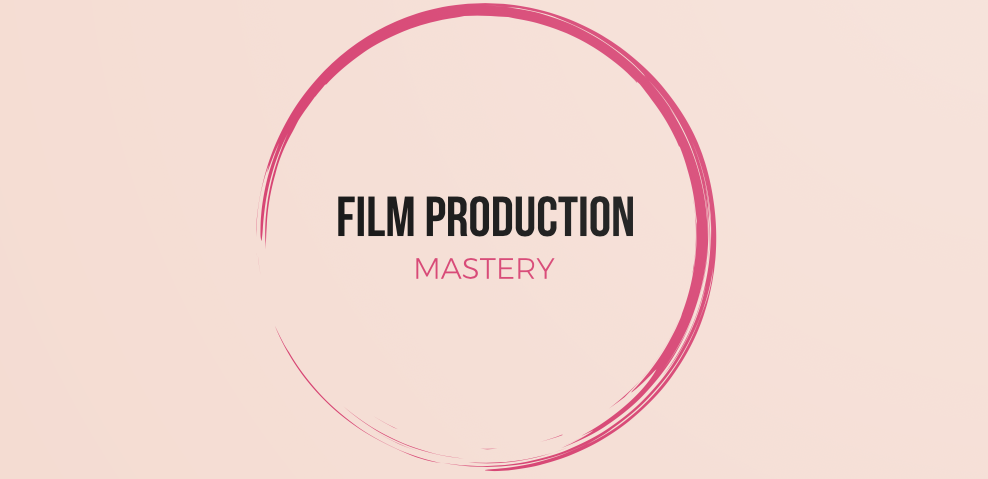First, the tone of the film is based on a cold color palleted that is composed of a lot of dark blue, blue-violet, black, dark red and gray. These colors are connected to the plot that involves a lot of anxiety, fear, concern, and sadness. Especially black, which demonstrates mystery, which is one of the strongest feelings in the film. For example, the colors of her gym clothes and even her earrings. These colors complete the visual components and follow the genre of the film.
First, the tone of the film is based on a cold color palleted that is composed of a lot of dark blue, blue-violet, black, dark red and gray. These colors are connected to the plot that involves a lot of anxiety, fear, concern, and sadness. Especially black, which demonstrates mystery, which is one of the strongest feelings in the film. For example, the colors of her gym clothes and even her earrings. These colors complete the visual components and follow the genre of the film.
In addition, the narrative follows the structure of the inciting incident, when Isabel prepares herself to the tournament, the midpoint when she also prepares herself to abortion. The climax when she aborts the baby and faints on the hospital’s floor. Last, the resolution of the narrative represented by she is going against her parent and coach to compete because it is her last chance to reach the top. Isabel decides to compete, but she fails at the very end. It summarizes how the conflict is done through character versus self, an internal conflict that Isabel experiences in her journey.
Furthermore, the set is most of the time the interior and exterior of the gym place. There are some shots in her house, the sidewalk on her way to the gym, the hospital that she does the surgery to abort, and a bus that she uses to go home. The elements that compose the cinematography are various and well organized with the plot. Costumes are related to a gym tournament, parents, and hospital. There are not a lot of props, however she uses a bag and a bandage a lot. In the set dressing, there are a lot of components that fill the set. For example, in the ladies’ room, it is seen a lot of bag packs, clothes in the hanger, benches, and mirrors. Hair and makeup are simple, nothing too much.
Moreover, it is curious how the film does not start with a master shot. It starts with a close up to show Isabel’s facial expression and excitement for the gym. The film is done in close-ups, with rare inserts to show her putting the bandage, grabbing the bag pack, or the doctor doing the abortion. Long shots are barreleye seen. In the rule of thirds, it is seen symmetry, especially when she is the bar in which the character and the set are in the center. The golden ratio is also seen often because most of the time Isabel is on the right or left side of the image. A dutch angle is also seen once the cinematographer uses this technique to show movement in the scene.
Least but not last, there are natural sound and small dialogues. The music is only seen in the climax, when Isabel is practicing, and in the moment that she feels bad. For example, when she is vomiting because she is pregnant, she knows that will abort and the background music shows guiltiness and fear. There is a montage in the middle length when she is getting herself dressed to practice. There are also jump cuts that are mixed with continuous shots. It is clear the preference of the cinematographer in continuous shots instead of making jump cuts.
Although the film is very creative and organized, I did not like the end of the narrative. I was expecting to see the gymnast succeeding and not failing. For a dramatic purpose, I would implement more background music, extreme big close-ups to show her sweat and eyes, maybe her foot touching the bar. I would also use a bike as a prop to show more excitement when she is going home. In a zero-low resource film, I can use all of these elements and cinematic storytelling that was used in this short film. To conclude, the challenges could be a way to be more creative and solve the situation.
Reference: https://www.shortoftheweek.com/2013/05/28/magnesium/
























